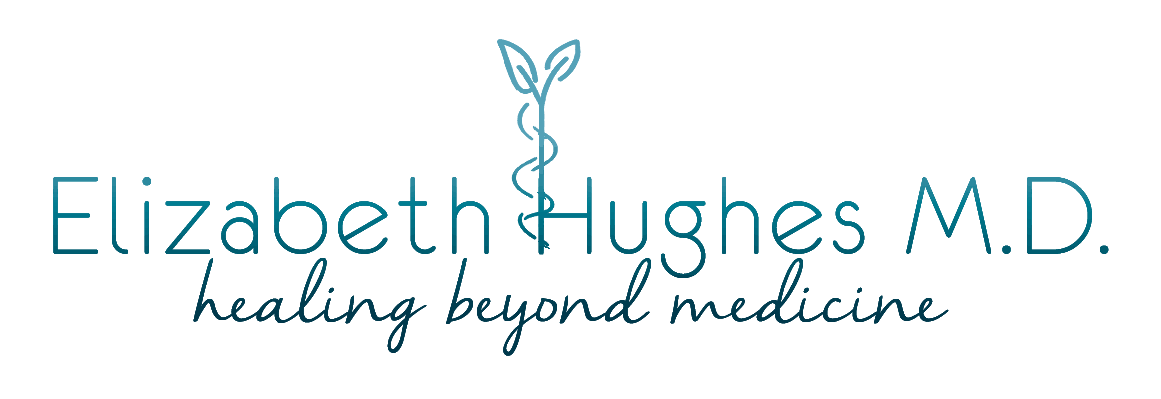Unlearning Learned Helplessness

“Fight or flight”
We’ve all heard that phrase used — perhaps overused — to describe the body’s automatic response to danger. When we sense a threat to our health or safety, we release stress hormones — cortisol, epinephrine, and hundreds of others — which prepare us to defend ourselves or to flee to safety. This explanation of the sympathetic nervous system is so commonplace, it’s become a cliche.
The problem is that this model is incomplete. In actuality there’s a third response: “freeze.”
Freeze is a far more common response to stress, something which nearly everyone experiences. Many people mistakenly believe they’re not under stress because they don’t have an urge to fight or to flee, when in fact, they’re actually trapped in freeze-mode.
Psychology researchers have induced the state of “freeze” in laboratory animals, though in research this state is termed “learned helplessness.” Animals “learn” to be helpless when they are exposed to mild electric shocks which they can’t control or escape. Unlike other animals who have the ability stop the shock by pressing a lever, for example, or who can move to another part of the cage, animals who can’t escape the shock learn to be helpless very quickly. They stop trying to find a way to escape, even if escape is possible. Instead, they lie down passively — frozen — and whimper until the shock is over. These unfortunate animals can’t imagine that escape is a possibility.
This is what being trapped in freeze-mode feels like. It is a state of learned helplessness. You can become so despondent you may not be able to imagine escaping from what is causing you pain.
In the original psychology experiments on learned helplessness, the “helpless” animals were unable to learn how to escape by observing other animals or by being offered rewards. Or even by being threatened (which, if you think about it, probably reinforced the helpless behavior). They had to be taught to escape by being physically moved away from the shock. Researchers had to lift the animals and move their legs to simulate jumping into the safe part of the cage multiple times before the animals would move on their own.
Unfortunately for people, there are no researchers who are going to lift us away from our stresses. But fortunately, humans are far more adaptive than lab animals. We can learn to escape from freeze-mode on our own.
The first step in unlearning helplessness is to realize you may be stuck there. Here are four simple steps which take less than a minute to help you plan your escape from freeze-mode.
#1. Take a meaningful pause.
When you get overwhelmed, visualize, as best you can, clearing away everything which is overwhelming you, even if it’s just for a minute. Don’t replay the sources of your stress in your mind and don’t look for a distraction. Instead choose to mentally step away from everything which is flooding your mind and keeping you trapped.
#2. Realize that what you feel is a product of your biology, of the natural cascade of hormones and neurotransmitters.
This tip is small and simple, but it allows you to see how your body is responding, rather than feeling like you personally are responsible. Viewing your body’s reactions as separate from your environment is the first step to regaining a sense of control.
#3. Tell yourself that there is a way out.
You can’t achieve anything you can’t imagine first. If you want to escape from whatever is keeping you trapped in freeze-mode, you need to imagine that escape is possible. You don’t have to know how right away. Simply believing there is a way out is enough as a first step.
#4. Congratulate yourself.
It may feel like you’re taking baby steps, not much to celebrate, but these are huge leaps forward. And don’t be frustrated if you have to repeat this exercise, for weeks or even months. You are opening yourself to an entirely new way of thinking, which is the hardest part of the learning process.
Want more support for getting out of freeze-mode? Set up a free consultation with me and we can discuss how to create your perfect healing plan.

